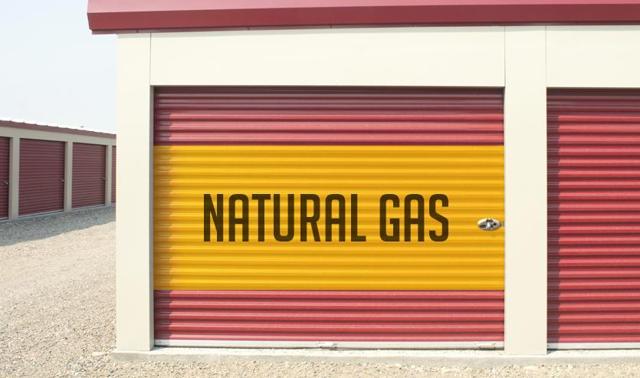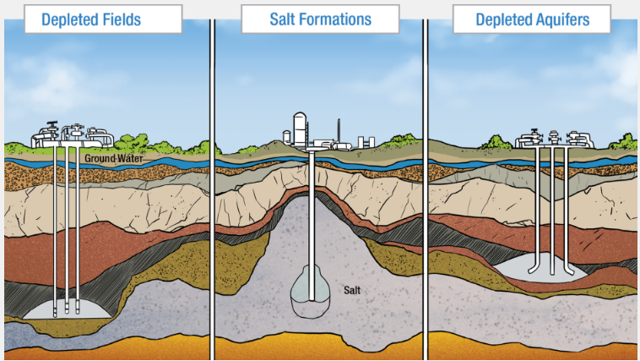By Karyl Patredis
We get a box of diapers each month for our one-year-old son. The diapers are obviously critical items, but we've come to really appreciate the diaper boxes themselves too, as they are the perfect size for basically everything [1]. Need to take some items to Goodwill? Diaper box. Wrap a present? Diaper box. Mail something? Diaper box. Wear a crazy hat? Diaper box. Build a fort? Diaper boxes.
It makes you feel good about your consumption of resources when you're able to get an additional use out of something because killing two birds with one stone nearly always makes sense. The majority of natural gas stored in the U.S. is in depleted natural gas or oil fields. In other words, energy companies have found a great use for their empty diaper boxes.
Taking advantage of depleted fields for storage purposes makes loads of sense. Given that these fields have a proven track record of keeping oil and gas secure, it's no wonder that 87% of the total jurisdictional storage capacity [2] in the U.S. comes from depleted reservoirs.
If you're wondering where the other 13% is stored, there are actually two other types of underground storage fields: aquifer storage (10%) and salt cavern storage (3%). Aquifer storage facilities are most common in the Midwestern U.S. and are made by converting depleted natural aquifers into natural gas storage reservoirs. Salt caverns are created in salt formations by drilling a well and then essentially carving out a space for natural gas by injecting water into the well.
Visualizing Three Types of Natural Gas Storage
Source // energyinfrastructure.org
When considering storage options, deliverability rates and capacity are often the chief concerns. Simply put, a deliverability rate is how much gas can be removed from a storage facility on a daily basis. The amount of

